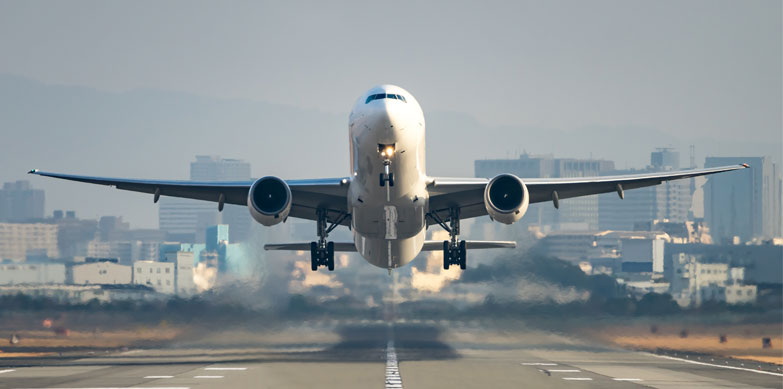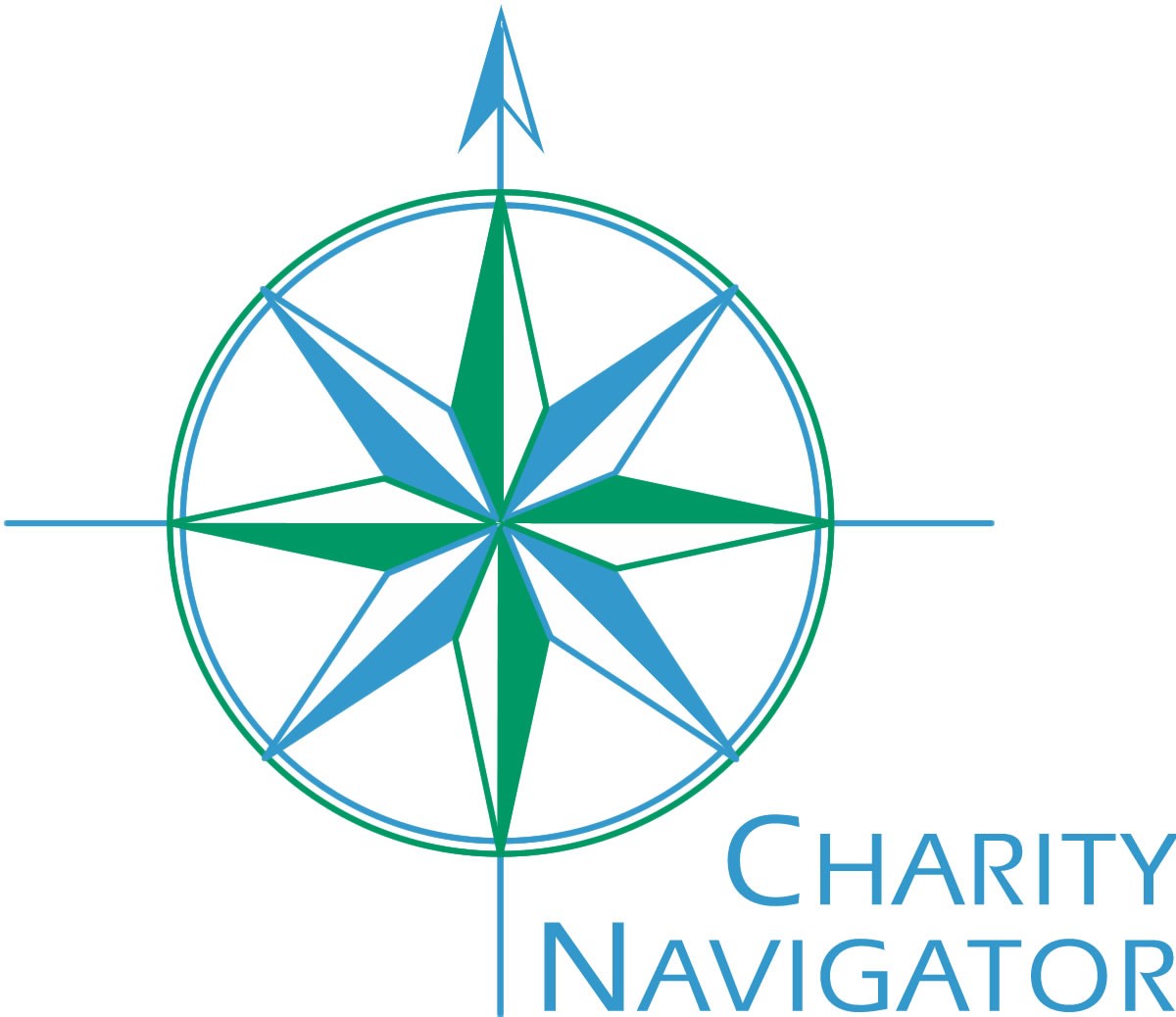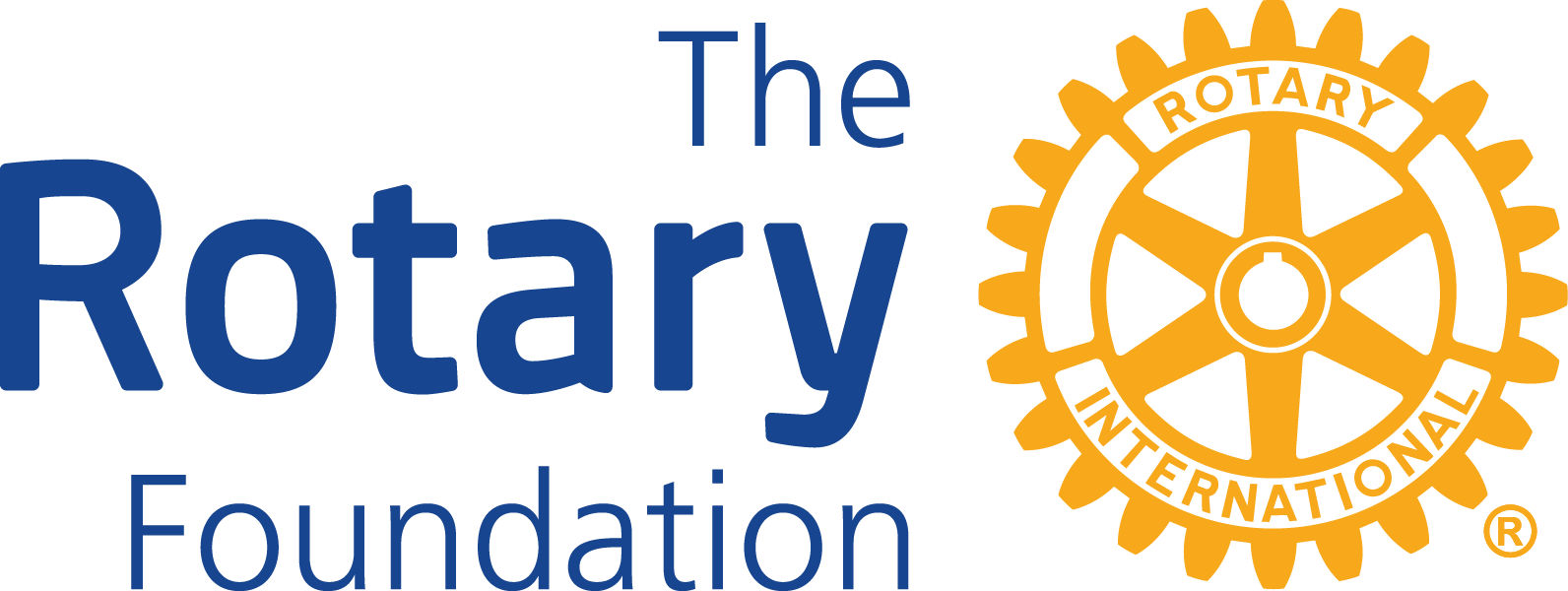ESRAG INITIATIVE
Flight Carbon Estimator
Compensate for your flight carbon by donating to The Rotary Foundation for projects that mitigate emissions, sequester carbon, or adapt to climate change.

WHAT IS IT?
Why use the Carbon Estimator?
As Rotary members ‘Connecting the World,’ we travel a lot, much of it by air. Flying is responsible for the emission of lots of carbon. You can compensate for the carbon impact of your air travel by estimating your carbon emissions and making a voluntary donation to the Environment Fund of The Rotary Foundation. Your donations will support Global Grant projects that address the causes of climate change by reducing emissions and sequestering carbon.
ESRAG’S INITIATIVE
Flight Carbon Estimator
How it Works
Your flight carbon estimate is based on the average Carbon Dioxide equivalent (CO2e) emissions per hour of flying time for your seat class. To estimate the cost of your flight-related carbon, you will need:
- The total scheduled flight time and the number of flight legs in your trip, which are usually provided as part of your ticketing information. The number of takeoffs and landings also impact your emissions. The FAQs includes examples of typical flight times.
- The class of your flight because that impacts your carbon output, too. If you fly business or first class, you use more of the aircraft’s space, so your seat is responsible for a larger percentage of the total emissions of that flight.
- To choose either the Basic rate of $10 per tonne or Premium rate of $30 per tonne to estimate the cost of compensating for your emissions. Nature-based solutions (think trees) typically cost around $10 to compensate for a tonne of carbon emissions. Emissions Trading Systems price carbon emissions at between US$30 and $80 per tonne.
You may be surprised at how fast the costs of your flight carbon add up. That’s why the flight carbon estimator allows you to choose the actual dollar amount of your compensating donation.
INITIATIVES
Form Directions
- Enter your name, email, and Rotary District (or 9999 if district is unknown).
- Add up the approximate scheduled flight time of each flight in hours. (Scheduled light air times are usually provided as part of your ticketing information.)
- Enter the number of flight legs in your trip. For example, if you fly Chicago-Los Angeles-Sydney-Melbourne, that is three legs.
- Enter the number of passengers traveling with you (include yourself, spouse and children).
- Select the seat class of your flight.
- Choose the Basic rate ($10/tonne) or the Premium rate ($30/tonne).
- Review the total estimated dollar amount based on your inputs and decide how much you would like to donate to TRF’s Environment Fund. You may copy the number (Ctrl-C) if you’d like.
- Click the Submit button to go to the donation form on The Rotary Foundation’s Raise for Rotary page.
- Click “Donate now”. Enter your country, and insert your chosen donation in the box with three dots as highlighted below. If you have copied the number, you may paste it there. Use the same email address that you use to log into myrotary.org to make your donations to the Foundation easier to track.

- Complete your donation by using your credit or debit card to make your payment to the Raise for Rotary/ESRAG Carbon Compensation Fund.

FAQs
What are typical total scheduled flight times?
Total Scheduled flight time is defined as the time from doors closed to doors open. You can use these approximations:
- Non-stop from Chicago to California is about 4 hours,
- Non-stop from California to Australia is about 16 hours,
- Non-stop Chicago to Paris is about 8 hours.
- A flight with 2 legs from London to Melbourne is about 20.5 hours.
- The connecting flight leg from your nearby airport to your hub airport may be about 1 to 3 hours.
Why does the number of flight legs matter?
Each leg has a typical 45-minute period to taxi, takeoff, and land with a somewhat fixed emission per passenger. The cruising emission is different, is more subject to radiative forcing and is a function of the cruising time and altitude. Knowing the number of legs improves the accuracy of the estimate.
What is Carbon Dioxide equivalent (CO2e)?
ESRAG’s CO2e estimator includes a factor of 2 to account for radiative forcing at high altitudes. Radiative forcing accounts for the fact that same unit of emissions at a higher altitude forces more global warming than at ground level. Many airline-supplied calculators show lower emissions because they do not include radiative forcing.
Why does my class of travel make a difference?
If you fly economy plus, business or first class, you use more of the aircraft’s space, so your seat is responsible for a larger percentage of the total emissions of that flight.
Why are there different rates for basic and premium?
Nature based solutions (think trees) typically cost around $10 to compensate for a tonne of carbon emissions. Emissions Trading Systems price carbon emissions at between US$30 and $80 per tonne. The Premium rate comes closer to reflecting the true cost to clean-up a tonne of carbon.
Why is the unit of carbon emissions a “tonne”?
Scientists measure CO2e emissions in metric tons, which is 2,204.6 pounds, or 1000 kilograms. For a more detailed explanation see, “How much is a ton of carbon dioxide?”, from MIT Climate.
Are my donations tax deductible?
All contributions to the Raise for Rotary/ESRAG Carbon Compensation Fund are tax deductible for US taxpayers to the extent allowed under law.
Will I earn Paul Harris, or Arch Klumph Society credit from TRF if I donate through ESRAG’s Flight Carbon Estimator Fund on Raise for Rotary?
Annual Fund contributions directed to the area of focus fund for the Environment through Raise for Rotary are credited toward a club’s annual giving goal and per capita giving, but they do not generate District Dedicated Funds (only SHARE generates DDF). All Annual Fund contributions count toward Every Rotarian, Every Year; Rotary Foundation Sustaining Member; Paul Harris Fellow; Paul Harris Society; Major Donor; and Arch Klumph Society recognition. They also count toward club recognition opportunities. To ensure that your donation receives appropriate credit, please be sure to use the same email address with “Raise for Rotary” that you use to login to myrotary.org. You can also track your contribution history on myrotary.org under Foundation Reports, Donor History Report.
How do I know that my donations will be used to support environmental global grants?
Staff at The Rotary Foundation have assured ESRAG that best efforts will be made to ensure that contributions to ESRAG’s flight carbon estimator fund, https://raise.rotary.org/ESRAG-CarbonCompensation/fundraiser, will be treated as additional funds for Global Grants that have a greenhouse gas emission reduction component.
How is this approach different from carbon offsets?
Carbon offsets are measurable verified and certified reductions in emissions that can be used to meet governmental and international requirements. That process is demanding and expensive as it should be, and still often significantly overstates the amount of carbon sequestered. Neither ESRAG nor Rotary International are resourced to guarantee amounts of carbon reduction yet, but it is appropriate to educate people about the carbon impact of travel choices. For more information read The Guardian’s article on carbon offsets.
Why is the program for carbon estimation rather than calculation?
The term “calculation” denotes a level of certainty and accuracy that ESRAG cannot deliver. Indeed, even the most precise flight calculators, e.g. the IATA CO2 Connect Calculator, rely on a series of factors that vary for any given flight. ESRAG’s estimation process relies on certain assumptions including:
- taxi, takeoff and landing takes 45 minutes, independent of airport size, for each leg.
- the fuel use per economy passenger is averaged across multiple aircrafts
- a seat multiplier factor of 1.4 for economy plus and 3 for first/business class are fixed, even though these factors could vary with each airline and aircraft.
- a fixed factor of 2 at cruising altitude for the radiative forcing index, while the published range is about 1.9 to 3.7. Airline industry calculators often ignore radiative forcing.
In general, ESRAG believes that calling this an estimation rather than a calculation better conforms to the Four Way Test.
What is ESRAG’s policy on climate action?
ESRAG’s Climate Action Policy Statement: Consistent with the types of climate actions that The Rotary Foundation (TRF) has chosen to fund through its Global Grant Guidelines, ESRAG supports Rotary’s engagement to reduce greenhouse gas levels in the atmosphere by reducing emissions and increasing carbon sequestration (mitigation – TRF Action Goal 4); to help communities build resilience to adverse climate impacts, for which mitigation is not enough; and to address the loss and damage caused by increasingly frequent and severe extreme weather events exacerbated by climate change (adaptation TRF Action Goal 5).
Download ESRAG’s complete climate action policy.
Want to take action?
Compensate for your flight carbon by donating to The Rotary Foundation’s Environment Fund.



